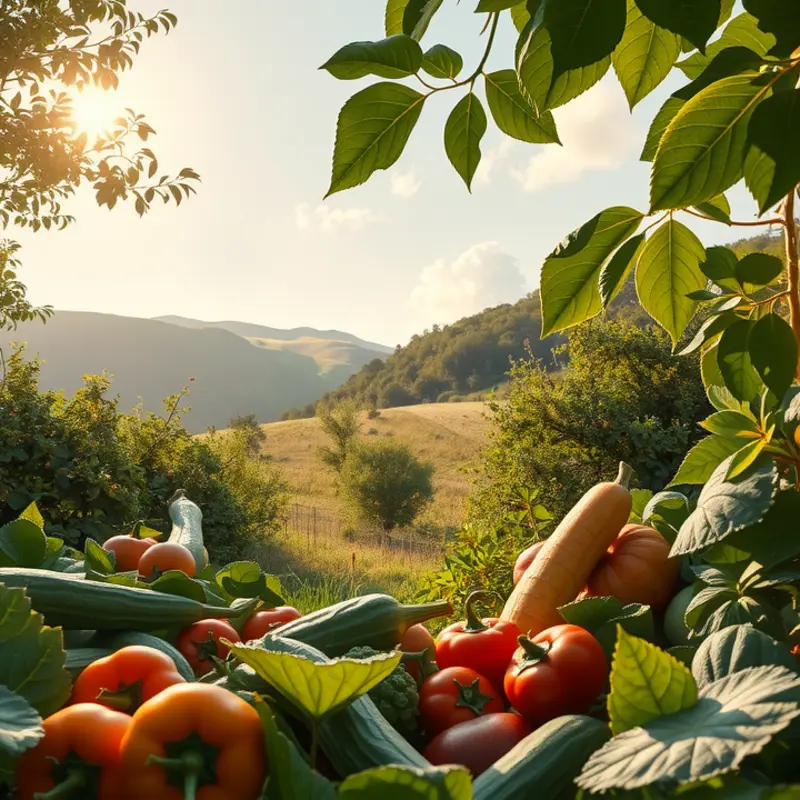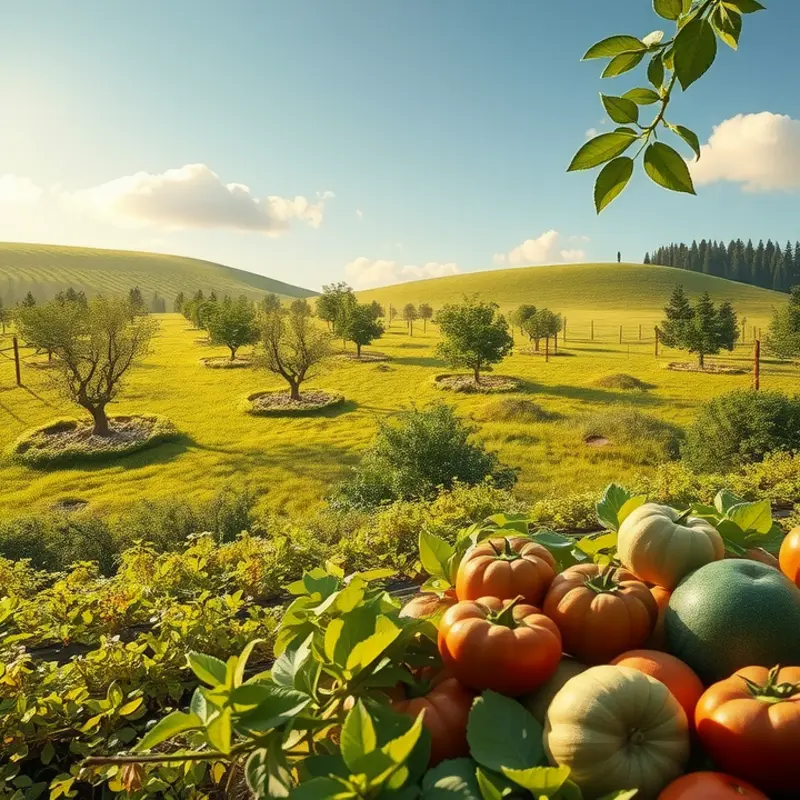Safe food storage is crucial to preventing foodborne illnesses and minimizing waste. Recognizing unsafe leftovers can significantly enhance food safety at home. By understanding what to look for and implementing proper management strategies, you can enjoy your meals without the worry of spoilage.
Signs of Spoilage

Identifying spoilage is key to ensuring your leftovers are safe to eat. Learning to spot visual, olfactory, and textural clues can save you from unpleasant and potentially harmful experiences. When it comes to leftovers, neglecting these clues can lead to foodborne illnesses. Here, we’ll explore common spoilage signs across various food categories such as dairy, meats, and vegetables.
Visual Clues
A change in color is often the first sign of spoilage. In dairy products, for instance, milk may turn yellowish, while mold can appear as green or black patches on cheeses. With meats, a grayish or greenish hue indicates that the proteins are breaking down. In vegetables, a slimy surface or darker, water-soaked spots suggest they’re past their prime.
Olfactory Indicators
Spoiled foods often emit strong, off-putting odors. Dairy left to decay can develop a sour, ammonia-like smell. Meats emit a pungent smell reminiscent of rotten eggs or sulfur. Vegetables like kale or broccoli may give off a strong, rancid smell. Our sense of smell is powerful and can be an excellent tool for safely assessing the edibility of leftovers.
Textural Changes
Texture is a less obvious but critical indicator of spoilage. Dairy products such as yogurt can become lumpy or curdled. Meats should not feel sticky; a tacky surface often means bacterial growth. For vegetables, mushiness or an unusually soft texture signals breakdown. Take note of your food’s texture when it’s fresh, so it’s more noticeable when something is amiss.
Food-Specific Signs
Different categories of food spoil at different rates and present unique signs. Dairy, being highly perishable, can quickly show mold growth or produce gas, making containers swell. Meat spoilage can involve not just color changes but a viscid slime layer on its surface. Vegetables rot from excess moisture—carrots, for example, become limp and lose their crispness. Understanding these specific signs helps in making informed decisions about what to consume and what to discard.
Incorporating these spoilage identification techniques into your food safety routine helps in minimizing waste and protecting your health. Consider reading Eco-Smart Kitchen Storage for more tips on how to store food properly and extend its shelf life. Remember, when in doubt, it is safer to err on the side of caution and dispose of questionable leftovers to avoid potential health risks.
Proper Storage Techniques

Ensuring the safety and longevity of your leftovers is an essential step in reducing food waste and maintaining a healthy lifestyle. It’s not just about knowing when food has spoiled; proper storage plays a crucial role in keeping food safe. Here you will find detailed guidelines to store different types of leftovers optimally, helping you maintain freshness and avoid foodborne illnesses.
Use of Airtight Containers
One of the most effective ways to preserve your leftovers is by storing them in airtight containers. These containers lock out moisture and air, which are two main causes of food spoilage. When choosing containers, ensure they are durable and of a suitable size to minimize excess air. This simple step protects your food from bacteria and can significantly extend its shelf life.
Labeling and Dating
An often overlooked yet vital practice is labeling each container with the date when the food was prepared. Using tape or a waterproof marker, make it a habit to label leftovers immediately before refrigeration. This allows you to manage your inventory efficiently and consume the oldest items first. As a rule, most leftovers should ideally be consumed within three to four days, minimizing potential health risks.
Refrigeration Temperature Settings
Maintaining the right temperature in your refrigerator is crucial. Generally, set your fridge to between 35°F and 38°F (1.7°C to 3.3°C) to ensure a safe and optimal environment for storing food. Any temperature above 40°F (4°C) increases the risk of bacterial growth. It’s a good idea to keep a thermometer in the fridge to monitor the temperature regularly.
Freezing Leftovers
For items that you do not plan to eat within a few days, consider freezing them. This method can prolong the life of your leftovers significantly. When freezing, use freezer-safe containers or bags. This helps prevent freezer burn, which can negatively effect the taste and texture of food. Label them with the current date and try to consume frozen leftovers within three months for best quality.
Spacing in Storage
To ensure even cooling, avoid over-packing your refrigerator. Air needs to circulate freely around the food to keep it uniformly chilled. If your fridge is consistently full, consider reorganizing it or removing items past their prime. This not only keeps your leftovers safe but also saves energy.
Keep Sauces and Liquids Safe
Particular attention should be paid to the storage of sauces and liquids. They are often sensitive to changing temperatures and must be stored correctly to maintain quality. If you want to dig deeper, check out this guide on safer storage of sauces, which offers more detailed advice.
Proper storage techniques are a key component of safe leftover management. By following these practices, you promote food safety, reduce waste, and make the most out of your meals.
Final words
By honing your ability to recognize unsafe leftovers and implementing effective storage techniques, you can drastically reduce food waste while keeping your meals safe. Remember to always trust your senses; if something seems off, it’s best to err on the side of caution. Having a reliable system in place will make managing your food easier, allowing you to focus more on enjoying your meals and less on worrying about spoilage.







